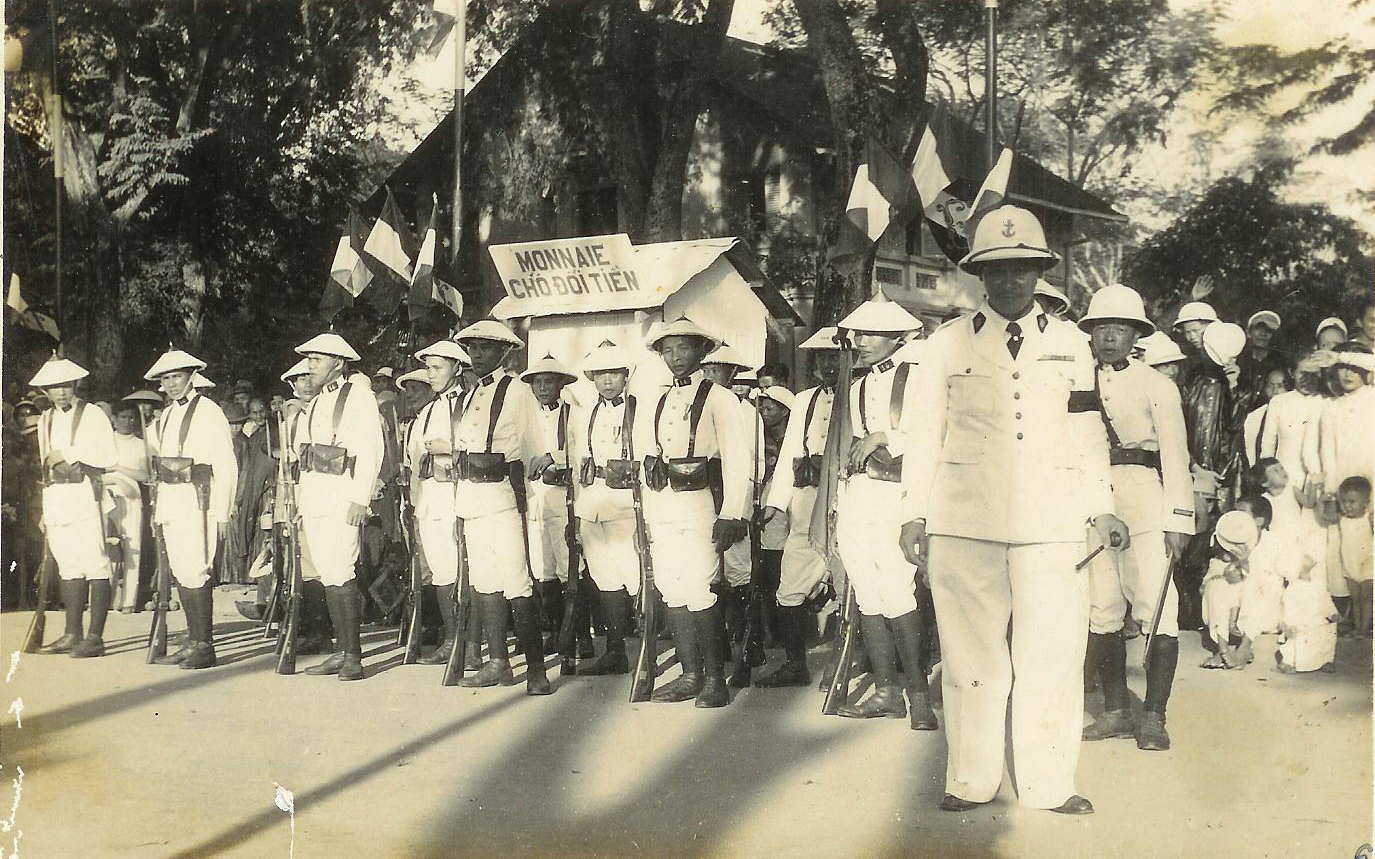While khaki was typically the color uniform of colonial powers, it was also used – alongside with the sun helmet – by the forces of North Vietnam during the conflict with the United States. In 1958 the PAVN (People’s Army of Vietnam) – also known as the NVA (North Vietnamese Army) began a modernization following its war that saw Indo-China “liberated” from French rule. This modernization included efforts to standardize its uniform.
While dark green is typically the color associated with PAVN forces, in the 1965-73 conflict with the United States, khaki and tan uniforms also became prevalent, especially among officers.







